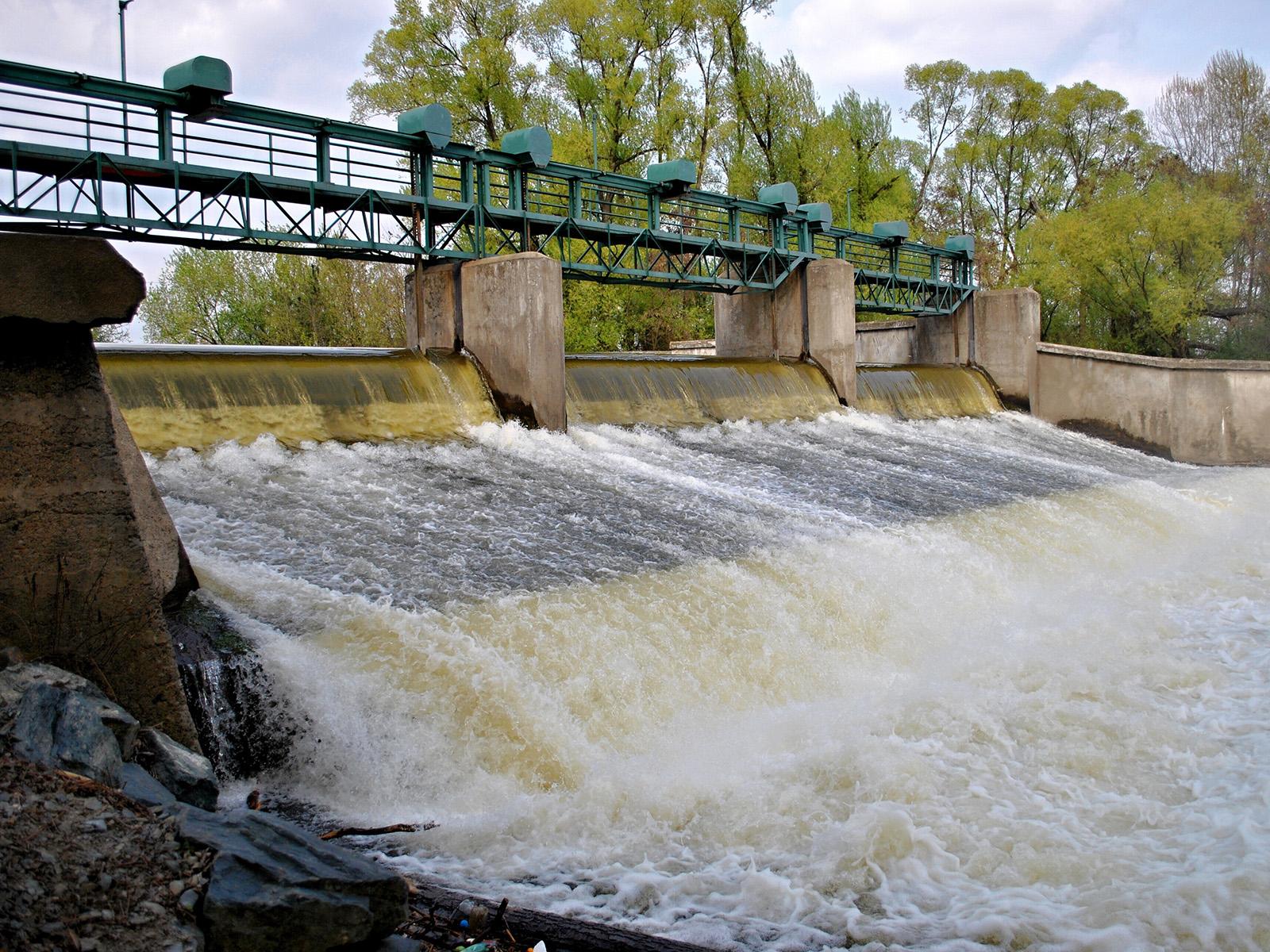Electrifying Non-Powered Dams to Produce Renewable Energy
New tool enables ranking of non-powered dams for potential conversion into hydroelectric facilities

A new tool helps identify non-powered dams across the United States with high potential for conversion to power-generating hydroelectric facilities and the addition of energy storage technologies to meet user priorities.
(Martin Capek | Shutterstock.com)
There are tens of thousands of dams in the United States, but only about 3 percent of them provide hydroelectric power—the remaining 97 percent are non-powered dams (NPDs), which are an untapped potential source of renewable energy. Converting existing NPDs to hydroelectric-generating facilities could be a powerful way to leverage existing infrastructure for more renewable energy while minimizing environmental impact, but not all NPDs are good candidates for conversion.
NPD HYDRO V1, a new tool from Idaho National Laboratory (INL) and Pacific Northwest National Laboratory (PNNL), aims to help planners, utilities, developers, technology providers, and communities identify the best NPD candidates for conversion based on their specific priorities and goals—opening up a promising new avenue for renewable energy generation and storage capabilities.
“Before developing a non-powered dam into a powered one, it’s necessary to figure out where it makes the most sense to invest, so there’s a lot of interest and need for this tool among potential users and stakeholders,” said Sarah Barrows, PNNL research economist and co-developer of the tool. “Because adding energy generation and energy storage to a dam has impacts beyond just development itself, we’ve captured multiple impact factors in the tool that can help users make informed decisions.”
The tool identifies potential NPD sites for development and allows users to rank the sites based on impact factors they identify as most important. This flexibility enables the user to rank NPD opportunities best suited to their goals, which often include factors beyond the total potential energy generation of an NPD. These factors fall into four categories: environment, community, industry, and grid impacts. With NPD HYDRO V1, users can filter and rank almost 500 possible NPD sites to identify the best options based on their specific priorities in those four impact factor areas. PNNL leveraged its valuable expertise in evaluating the environmental and community impact of dams, as well as its work in environmental justice, to develop new tool metrics that assess these impact factors.
“NPD HYDRO V1 is distinct from other assessment tools in that it aims to provide a holistic picture of the impacts of NPD development,” explained Barrows. “For example, in the community impact category, we included data that shows how likely a particular natural hazard is in an area. Maybe a local community really wants to develop a microgrid so they can be more resilient to that natural hazard and developing a nearby NPD site would help accomplish that. That’s just one part of the tool’s community impact score.”
Among the available data layers are multiple indexes that can help users evaluate and prioritize NPD development. For example, the social vulnerability index is another metric within the tool that can help users determine the potential impact of NPD development on local communities. For some communities, developing NPDs for energy generation and storage could have a significant impact on their overall energy accessibility, which is valuable to account for in planning and development.
The NPD HYDRO V1 tool is available online now. The team plans to make regular updates to the tool database and develop a companion tool aimed at site-level analyses. For more information, see the news release from INL. Development of the NPD HYDRO V1 tool was funded by the Department of Energy’s Water Power Technologies Office.
Published: October 25, 2023